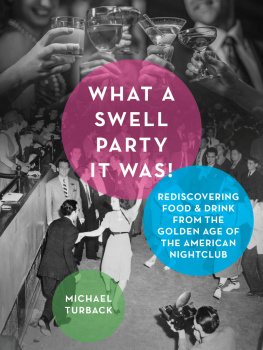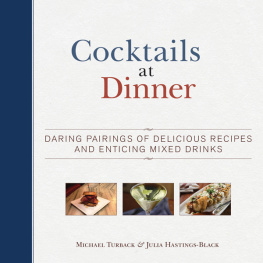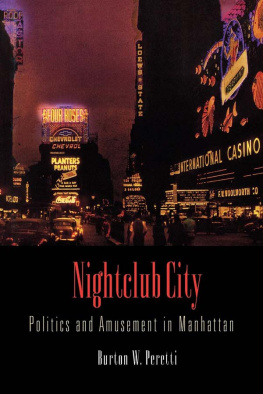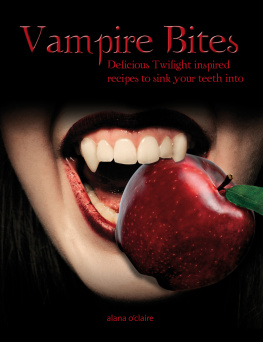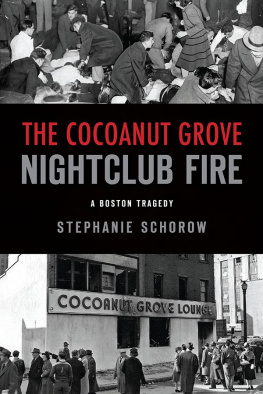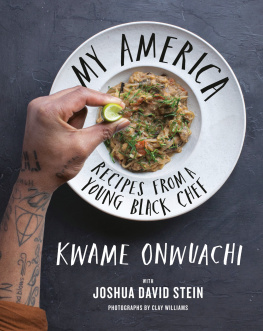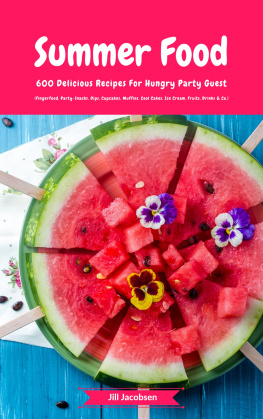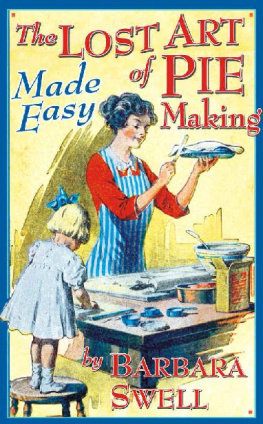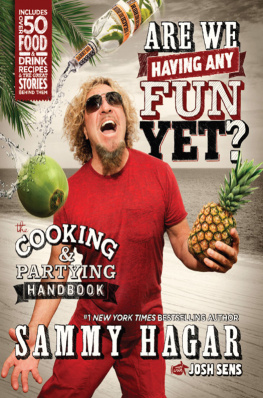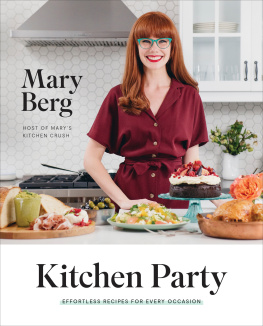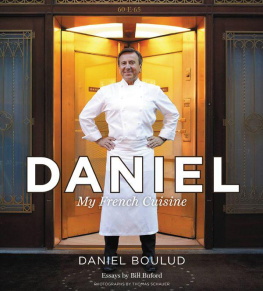Copyright 2018 by Michael Turback
All rights reserved. No part of this book may be reproduced in any manner without the express written consent of the publisher, except in the case of brief excerpts in critical reviews or articles. All inquiries should be addressed to Skyhorse Publishing, 307 West 36th Street, 11th Floor, New York, NY 10018.
Skyhorse Publishing books may be purchased in bulk at special discounts for sales promotion, corporate gifts, fund-raising, or educational purposes. Special editions can also be created to specifications. For details, contact the Special Sales Department, Skyhorse Publishing, 307 West 36th Street, 11th Floor, New York, NY 10018 or .
Skyhorse and Skyhorse Publishing are registered trademarks of Skyhorse Publishing, Inc., a Delaware corporation.
Visit our website at www.skyhorsepublishing.com.
10 9 8 7 6 5 4 3 2 1
Library of Congress Cataloging-in-Publication Data is available on file
Jacket design by Michael Short
Jacket photograph: iStockphoto
Interior photography: Shutterstock/Everett Collection, unless otherwise noted
Print ISBN: 978-1-5107-2778-6
Ebook ISBN: 978-1-5107-2779-3
Printed in China
Table of Contents
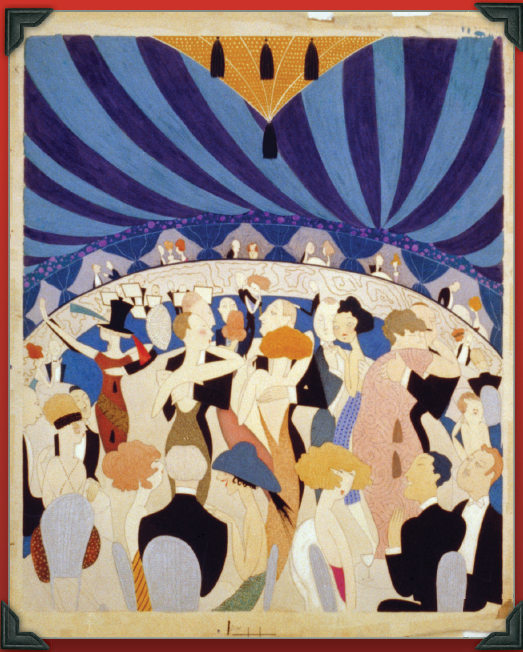
Photo courtesy of the Library of Congress.
In the Mood
An Introduction
I ts a recording that topped the music charts for thirteen straight weeks in 1940, lifting the nations spirits, and providing the theme for an entire decade. Listen to Glenn Millers In the Mood. The up-tempo, boogie rhythm and brash horns conjure up images of big bands in glittering nightclubs, where patrons decked out in their best outfits dropped in for an evening of drinking, dining, and dancing. Beat me daddy, eight to the bar!
Throughout their heyday, American nightclubs possessed an iconic status. Lavish places of social leisure, romantic encounter, and public display, they brightened American life following the dark days of the Great Depression. Popular nightclubs were embedded in big cities and provided a night on the town, not only to the select few, but to Joe and Josephine Average, where they could be transported if only for a night to the world of Fred and Ginger, Nick and Nora.
As time passes, memories fade. Today, the most iconic clubs are remembered more for their entertainment or for celebrity clientele than for their food and drinks. And while showmanship and stardust were central to the concept, this book takes an alternate journey into the past to reveal nightclub bar programs as incubators of cocktail culture and kitchens as marvels of culinary ambition and versatility.
Patrons loved their liquorloved it all the more coming off the traumatic experience of Prohibition. The cocktail was king, an essential component of the good life. Skillful bartenders revived recipes and techniques and embraced new formulas developed in American speakeasies and European bars during the dry spell. Drinks ranged from familiar mixers to tropical potions inspired by exotic places where soldiers were stationed during the war.
Vast subterranean kitchens were supervised by chefs whose culinary manifesto was a fascinating hodgepodge of quasi-French, pseudo-Chinese, and solid American comfort food. And for diehard carousers who stayed for the last show, menus usually offered breakfast-inspired dishes served into the wee hours.
Hollywood has depicted these glamorous spaces inhabited by beautiful creatures in countless films, yet much of the magic, especially their contribution to cocktail culture and influence on culinary sophistication in America, has long been overlooked.
What a Swell Party It Was! is an unexpected distillation from the drink lists and dinner menus of twenty-five legendary nightclubs. Prepare to discover a treasure trove of eclectic recipes for food and drinks of the era, faithfully re-created and adapted to todays home kitchen and bar. Gain a new perspective on after-dark culture in a rich, tumultuous agewhat it was like to party in post-Prohibition America.
Opening this book is like swinging open the doors to another time and place. With the turn of each page, you can almost hear the sounds of boisterous club goers mixing with strains of music, the clinking of cocktail glasses, the clatter of dishes.
What a swell party, indeed!


Chez Paree
(Chicago, Illinois)
A ccording to Chicago Sun-Times , columnist Irv Kup Kupcinetwho table-hopped, barhopped, and hobnobbed around town to chronicle the comings and goings of celebritiesit was the most glamorous night club in history. Located on the Magnificent Mile, opulent Chez Paree became Chicagos monument to gaiety as it emerged from the speakeasy scene of the 1920sa mecca for the citys trinity of businessmen, politicians, and members of the mob.
Owned and managed by Mike Fritzel and Joey Jacobson (with loans from Jules Stein and Ralph Bottles Capone, older brother of Al), Chez Paree opened its doors in November 1932, decorated in pink and black with marbleized walls and candelabras. Although the Great Depression was still in full swing, Ben Pollack and his Park Central Orchestra cheered up the crowds with numbers like Keep Your Undershirt On.
Sophisticated travelers considered an evening at the Chez a must when in the Windy City. As hundreds waited in line, visitors were squeezed into a tiny elevator and carried up to the action on the top floor of a three-story buildingeight to ten people at a time. The club could accommodate as many as 650 guys and dolls for dinner and rounds of drinks as leggy showgirls called the Adorables warmed up the crowd draped in skimpy but colorful costumes with exaggerated headdresses as Tom Geruns band swung with all its might.
Brothers Peter and Nick Zankovich worked as co-matre ds. They ran the show with headliners such as Nat King Cole, Louis Armstrong, Frank Sinatra, Tony Bennett, Bob Hope, Milton Berle, Sophie Tucker, Jimmy Durante, Joe E. Lewis, and Chicagos own Helen Morgan. Performers often played three shows a night, and between shows they mingled with patrons who paid an additional fee in a private bar called the Key Club. (There was also a gambling room in the back, ignored by police and politicians for nearly twenty years).
Despite its name, Chez Paree was not excusez-moi very French. Chicago, after all, has always been a meat and potatoes kind of town. Lenie DeMartino was in charge of ordering food for the kitchen, overseen by Chef Jack Clark and his staff. Lobsters and fresh seafood were flown in from the East Coast; Chicagos stockyards supplied steakhouse fare, prepared in the clubs own subterranean butcher shop.
While the club was recognized for its famous entertainers and over-the-top setting, according to Kupcinet, people actually went to the Chez just for the pleasure of eating.
On the Menu:
Chicago Cocktail
Cocktail imbibing, finally legalized a year after the club opened, was practiced enthusiastically at the Chez. It was Chicago Daily News reporter John Drury who provided the definitive recipe for the citys eponymous libation in his restaurant guide, Dining in Chicago , faithfully crafted in sugar-rimmed coupes by Chez Parees white-jacketed barman Wellington Dent Campanelli, who everyone called Duke Camp.

